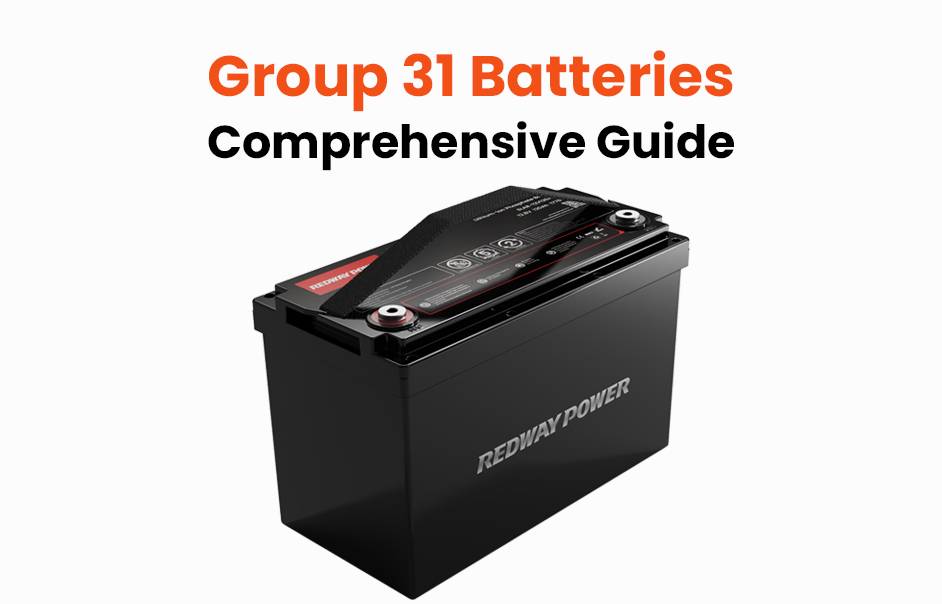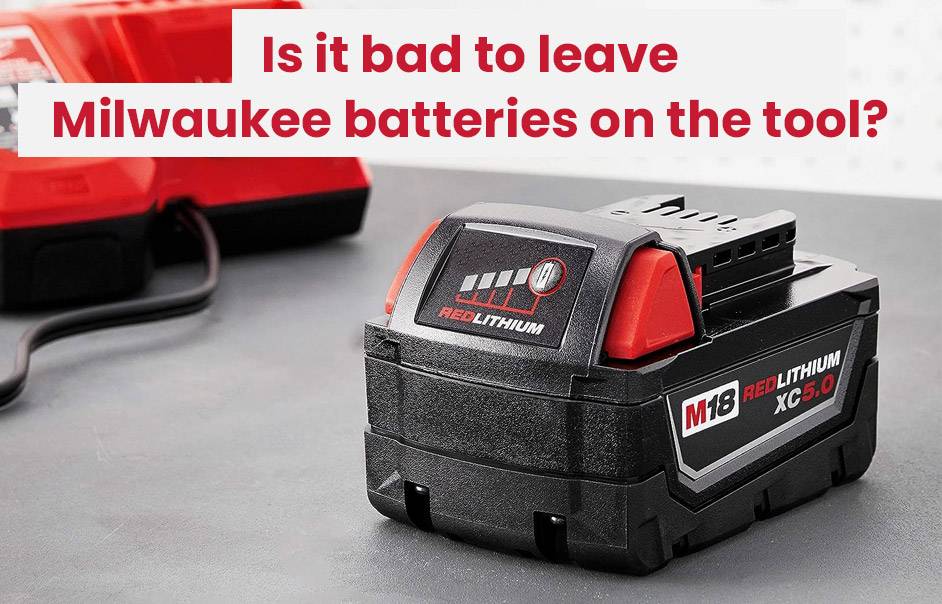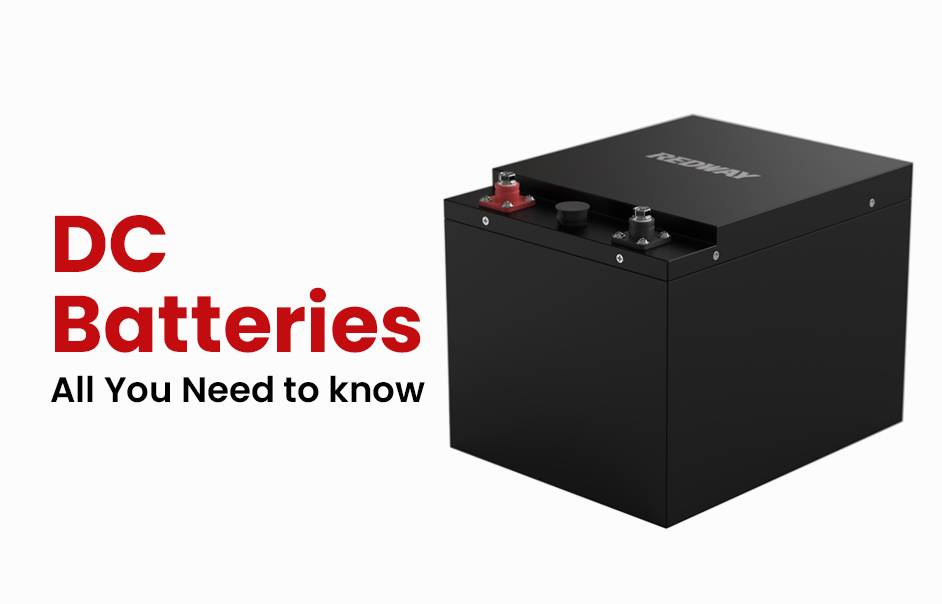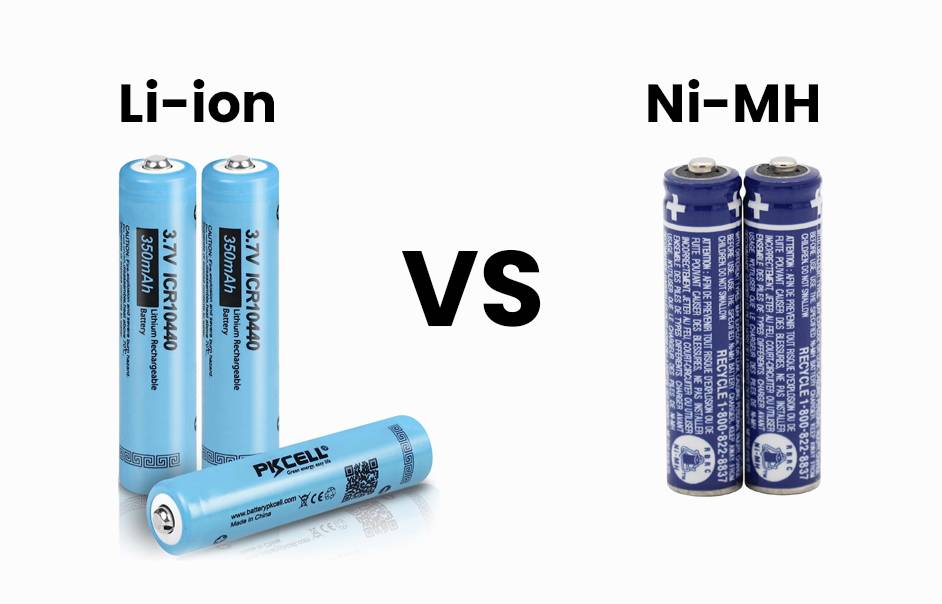Robots, ubiquitous in our lives, rely on batteries as a vital power source, similar to our smartphones or laptops. This blog post delves into the intriguing realm of robot batteries, exploring the various types that fuel these remarkable machines. From vacuuming our floors to venturing into outer space, understanding the power behind these mechanical marvels sheds light on their efficiency and capabilities. Charge up your curiosity and explore the fascinating world of robot batteries!
Types of batteries commonly used in robots
Selecting the right battery is crucial for a robot’s optimal performance. Various types offer unique advantages and disadvantages, each suited to different applications.
- Nickel-Metal Hydride (NiMH) Batteries:
- High energy density and steady power delivery.
- Rechargeable and cost-effective.
- Ideal for robots with consistent power needs.
- Lithium-ion (Li-ion) Batteries:
- Higher energy density than NiMH, suitable for compact robots.
- Requires careful temperature monitoring to prevent issues.
- Ideal for applications needing long-lasting power in a small package.
- Lead-Acid Batteries:
- Less common in robotics due to size and weight.
- Low energy density but suitable for heavy-duty robots needing bursts of power.
- Ideal for applications with specific weight and space constraints.
- Fuel Cells:
- Explored as an alternative to traditional batteries.
- Utilizes hydrogen or other fuels for electrical energy with fewer emissions.
- Suitable for environmentally conscious robotic applications.
Conclusion: Choosing a robot battery involves considering specific application needs alongside the pros and cons of each battery type. As technology advances, we anticipate more efficient and powerful options emerging for future robotic applications.
Advantages and disadvantages of each type
Selecting the right battery is vital for powering robots efficiently. Here’s a concise overview of the advantages and disadvantages of commonly used robot batteries.
- Lithium-ion Batteries:
- Advantages: High energy density, long cycle life, compact, lightweight, consistent power.
- Disadvantages: Relatively expensive.
- Nickel-metal Hydride (NiMH) Batteries:
- Advantages: Higher capacity, more affordable, longer shelf life.
- Disadvantages: Bulkier and heavier.
- Lead-acid Batteries:
- Advantages: Low cost, reliable, suitable for heavy-duty applications.
- Disadvantages: Bulky and heavy.
- Fuel Cells:
- Advantages: Long run times, no frequent replacement.
- Disadvantages: Requires a constant supply of hydrogen or methanol, availability challenges.
Choosing the best battery involves considering factors like cost, weight, power needs, run time, and environmental impact. Make an informed decision based on your specific robot application requirements.
Factors to consider when choosing a battery for a robot
Selecting the perfect battery for your robot involves considering crucial factors. Here’s a simplified guide:
- Power Requirements:
- Understand your robot’s power needs.
- Choose a battery that meets those specific requirements.
- Size and Weight:
- Robots have limited space; prioritize compact and lightweight options.
- Ensure the battery size doesn’t compromise performance.
- Durability and Lifespan:
- Consider the robot’s operating conditions.
- Opt for a durable battery with a long lifespan.
- Cost Consideration:
- Evaluate your budget constraints.
- Find a battery that balances cost-effectiveness with performance.
- Safety Features:
- Prioritize safety with features like overcharge protection.
- Ensure the battery complies with safety regulations.
In conclusion, a thoughtful evaluation of these factors ensures you choose a battery that aligns with your robot’s needs, fits your budget, and maintains safety standards.
Tips for prolonging battery life in robots
To ensure your robot’s batteries last longer, follow these practical tips:
- Optimize Power Consumption:
- Minimize unnecessary movements.
- Reduce load on motors.
- Use efficient algorithms to minimize energy usage.
- Efficient Charging Practices:
- Avoid overcharging or undercharging.
- Follow manufacturer guidelines on charging cycles.
- Use high-quality chargers designed for robot batteries.
- Regular Battery Health Checks:
- Monitor voltage levels and temperature.
- Check overall battery performance regularly.
- Temperature Control:
- Avoid extreme temperatures.
- Protect batteries from excessive heat or cold.
- Energy-Efficient Components:
- Use low-power sensors and processors.
- Prioritize energy-efficient components in robot design.
- Routine Maintenance:
- Clean battery terminals regularly.
- Remove corrosion or debris affecting connectivity.
Remember, these tips are general guidelines, and specific recommendations may vary based on your robot’s battery type and application.
Future advancements in robot battery technology
As technology rapidly advances, so does the world of robotics. One area witnessing significant progress is battery technology, a vital component in powering these intelligent machines.
- Lithium-Ion Advancements:
- Ongoing research is enhancing the performance and longevity of lithium-ion batteries, already proven in devices like smartphones and electric vehicles.
- Exploration of Alternative Energies:
- Integration of solar panels into robots, tapping into renewable energy, promises extended operation periods without traditional recharging.
- Innovations in Capacity and Size:
- Researchers are actively working on increasing battery capacity while reducing weight and size, potentially leading to smaller, lighter robots with longer-lasting batteries.
- Wireless Charging Technologies:
- Development of wireless charging methods could enable robots to automatically charge themselves, either through docking or utilizing electromagnetic fields in their environment.
- Customized Solutions for Diverse Applications:
- With robotics expanding across industries, customized, high-performance batteries tailored for specific applications are expected to emerge.
In summary, ongoing research and development efforts in robot battery technology point toward a future marked by enhanced efficiency, increased capacity, and innovative energy sources. These advancements will undoubtedly reshape the capabilities and applications of robots, revolutionizing how they contribute to various industries.










